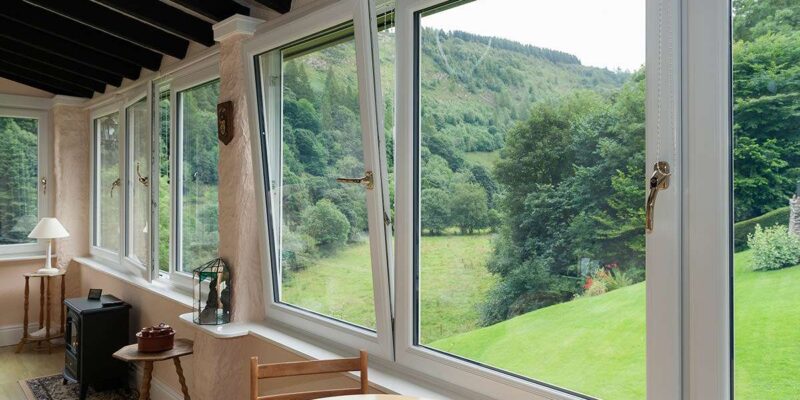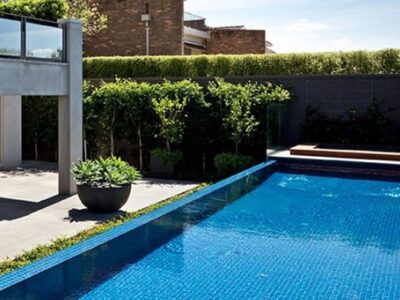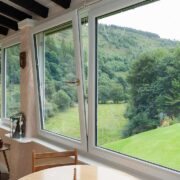
A style of window design known as ” european tilt and turn windows” offers two separate opening options tilting or turning inwards.
- With the tilt function, the top of the window can gently ventilate by tilting inward at the top.
- In a manner akin to a casement window, the turn version enables the window to swing open (inward).
How then do tilt-and-turn windows operate?
The key to its unique handle mechanism is how easily users may switch between the tilt and turn functionalities with a single motion, simplifying the operation.
Just one handle, three options
- Tilted: The window’s tilt feature is activated when the handle is turned horizontally. With the bottom of the window remaining tightly closed, this enables the upper portion of the window to tilt inward from the top, producing a little gap there. A variation known as “micro ventilation” allows for a regulated and progressive airflow by tilting the sash inward by around 14 inches.
- Turned/Opened: Contrarily, the window’s turn feature is activated when the handle is rotated 180 degrees vertically. Because of this, the entire window sash can swing inward.
- Closed: When the handle is lowered, the window can be shut all the way. Your client may relax knowing that steel locking pins will ensure the window closes securely.
When, why, and from where did they originate?
- Germany developed the first tilt-and-turn window fittings in the 1950s.
- They were developed in response to the growing demand for energy efficiency, improved functionality, and maintenance simplicity. The earlier style, in which two distinct windows with individual panes were hung one in front of the other and opened individually, was replaced by tilt-and-turn windows.
Benefits of tilt and turn windows
- Ventilation: One of tilt-and-turn windows’ most notable and obvious benefits is their extensive range of ventilation. From tilting, which permits top ventilation, allowing hot air to quickly depart while preventing strong gusts from entering, to the turn function, which enables maximum airflow, allowing for adequate aeration throughout the room.
- Durability: Tilt-and-turn windows from Europe are renowned for their durability. How was this accomplished by the European fenestration industry? The solution is straightforward: employing high-quality materials and performing accurate engineering. Every material, whether it be aluminum, wood, or even PVC, offers people decades of usability.
- Energy Savings: The outstanding thermal insulating abilities of tilt-and-turn windows are well known, and triple glazing is frequently included as a standard feature. These profiles are created to adhere to strict European energy efficiency standards and regulations. As an illustration, windows in Poland must have a U-value of 0.16 or below.
Improved safety and soundproofing are further benefits of tile and turn doors and windows.
To check European Tile and Turn windows, please click on Apex Window Werks.
What is your reaction?
Excited
0
Happy
0
In Love
0
Not Sure
0
Silly
0













